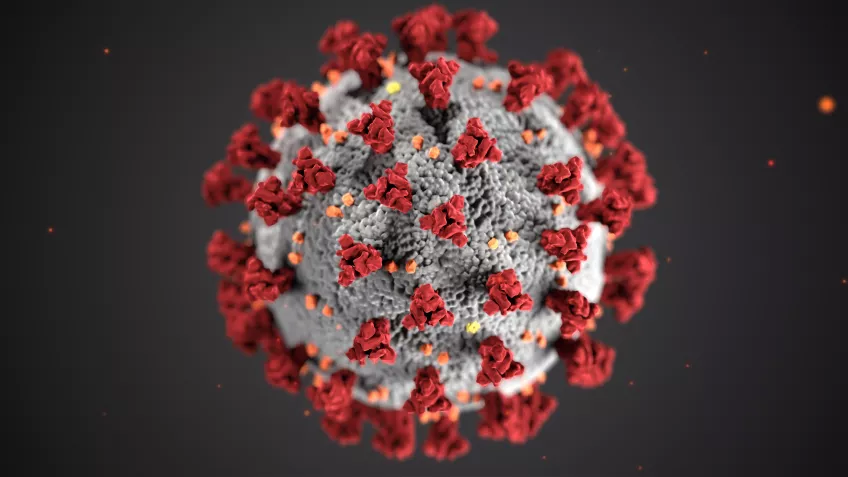Dear Friends and colleagues,
We are all now well aware that the COVID-19 pandemic is spreading fast in Sweden and around the world. There is a lot of information to digest. Some of this is factual and helpful, but there is also a great deal of poorly informed speculation, that risks promoting anxiety and panic. As biomedical scientists, we are better placed than many to know where to find accurate information and how to interpret it, how to communicate what we discover clearly to others, and how to react in an appropriately measured way to what we have learned.
The exact rate at which COVID-19 is spreading in Sweden is unknown, because only those who are hospitalized with serious respiratory problems are now being tested. Nevertheless, it is clear that many of us will become infected during the coming weeks and the peak of the epidemic is likely many weeks away. For the vast majority, the symptoms will be a mild upper respiratory tract infection, causing sore throat, runny nose and coughing. Fever may also occur. In some, particularly the old and infirm, the disease has proven much more serious and has led to deaths in these high risk groups. Therefore, although for most of us the health impact will be much like a common cold, it is extremely important we minimize the spread of the disease to others, particularly those at high risk of complications.
Beyond health, the impact of COVID-19 on social interactions, productivity and economies is becoming evident, and it will likely affect the delivery of education at schools and other academic institutions in the weeks to come. The effects may be far reaching and long lasting. The extent of this will be determined by how each and every one of us acts.
There are specific things we must do to protect ourselves and those who we come into contact with, such as frequent hand-washing (soap and warm running water for at least 20 seconds several times daily, particularly when returning to your home or workplace) and social distancing (do not shake hands, do not conduct meetings in confined spaces and when coughing, do so into your elbow). If you have any symptoms (cough, sore throat, fever), do not come to work and do not go to a health care centre until at least 2 days after the symptoms have disappeared. Do inform your PI/line manager if you fall sick and remain in frequent communication with them, particularly if working offsite. If the symptoms are serious for you or someone you are caring for (eg difficulty breathing or bluish lips), contact the emergency services, dial 112.
Above all else, the COVID-19 pandemic has taught us how closely connected we all are. Indeed, now is the time to support each other, recognising that many of our co-workers are here alone, often very far from their families. We should also do our utmost to ensure that the many aspects of our society not directly linked to health and safety continue to function as well as possible, including the work we perform, as this will help minimize the overall impact of COVID-19 and hasten recovery when the time comes.
The LUDC Executive Board,
Maria Gomez, Paul Franks, Hindrik Mulder, Lena Eliasson and Jens Lagerstedt
About the picture:
This illustration, created at the Centers for Disease Control and Prevention (CDC), reveals ultrastructural morphology exhibited by coronaviruses. Note the spikes that adorn the outer surface of the virus, which impart the look of a corona surrounding the virion, when viewed electron microscopically. A novel coronavirus, named Severe Acute Respiratory Syndrome coronavirus 2 (SARS-CoV-2), was identified as the cause of an outbreak of respiratory illness first detected in Wuhan, China in 2019. The illness caused by this virus has been named coronavirus disease 2019 (COVID-19).


